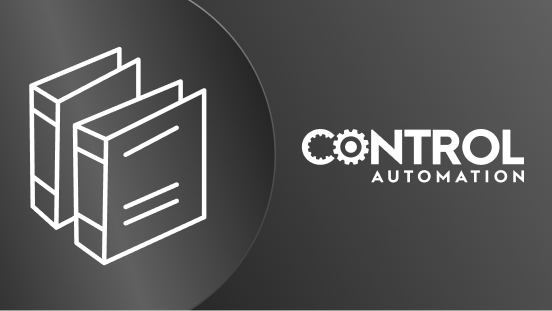
The final step in treating wastewater before releasing it into the natural environment is to kill any harmful…
Textbook

A Safety Instrumented Function, or SIF, is one or more components designed to execute a specific…
Textbook

As we have seen, feedforward control is a way to improve the stability of a feedback control system in the…
Textbook

Most of these formulae appear in molecular chemical form rather than structural form. For example, ethanol…
Textbook

A great many chemical composition measurements may be made indirectly by means of electricity, if those…
Textbook

A chemical reaction resulting in a net release of energy is called exothermic. Conversely, a chemical reaction…
Textbook

Sometimes we encounter a diversity of instrument signal standards in one control system. Such is the case with…
Textbook

The three “elementary” particles of matter comprising all atoms are electrons, protons, and…
Textbook

Process analyzers measure the concentration of specific substances for the purpose of measuring and/or…
Textbook

Feedback Control System Components Before we begin our discussion on process control, we must define a few key…
Textbook

pH is the measurement of the hydrogen ion activity in a liquid solution. It is one of the most common forms of…
Textbook

Temperature measurement devices may be classified into two broad types: contact and non-contact. Contact-type…
Textbook

A much simpler alternative to continuous vibration sensors (displacement or acceleration) and monitoring…
Textbook

One of the simplest classes of temperature sensor is one where temperature effects a change in electrical…
Textbook

Textbook

(Will be addressed in future versions of this book)
Textbook

This section shows some of the many instrument symbols found in different types of technical diagrams used to…
Textbook

Solids tend to expand when heated. The amount that a solid sample will expand with increased temperature…
Textbook

Sometimes we encounter a diversity of instrument signal standards in one control system. Such is the case with…
Textbook

At the root of successful system diagnosis is a rigorous adherence to scientific reasoning. There exists no…
Textbook

The concepts of calibration (trimming) and ranging are often difficult for new students of instrumentation to…
Textbook

Those familiar with industrial instrumentation will find much within the electric power industry remarkably…
Textbook

DC electric motors generate torque by a reaction between two magnetic fields: one field established by…
Textbook

First, let us review some of the properties of differentials and derivatives, referencing the expression and…
Textbook

An engineer named Bob Metcalfe conceived the idea of Ethernet in 1973, while working for the Xerox research…
Textbook

(Will be addressed in future versions of this book)
Textbook

A variety of technologies exist to measure the quantity of stored material in a vessel. For liquid…
Textbook

Since we often use electricity to convey energy from one location to another, it is important to be able to…
Textbook

Some of the simplest types of digital communication networks found in industry are defined by the EIA…
Textbook

I remember first learning about the world-wide Internet, and wondering what it actually looked like. The first…
Textbook

One of the fundamental laws of electric circuits is Kirchhoff’s Current Law, which states the algebraic…
Textbook
